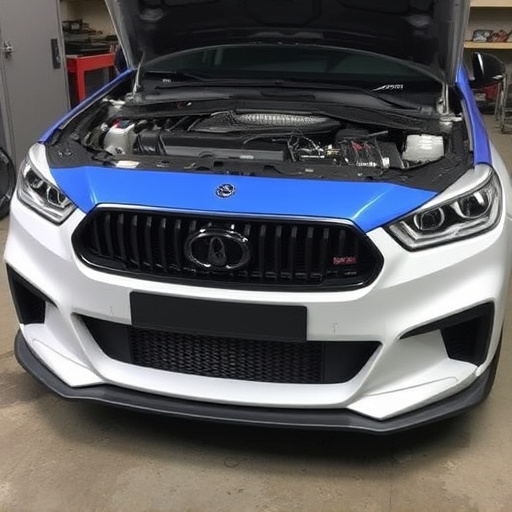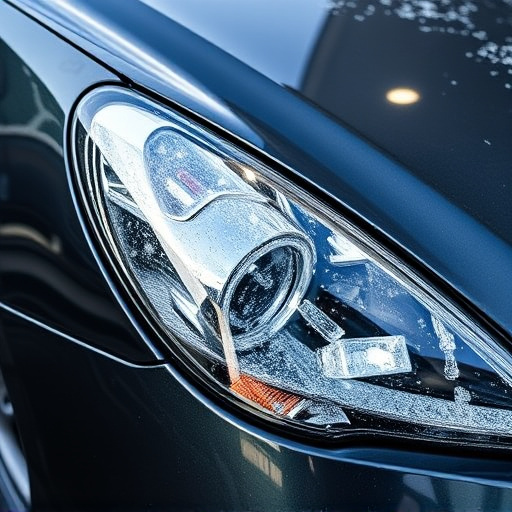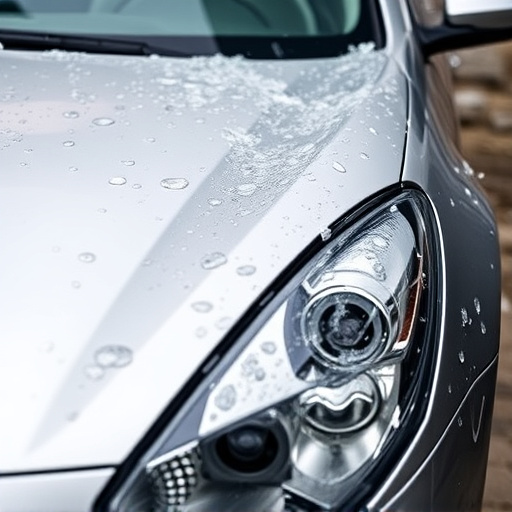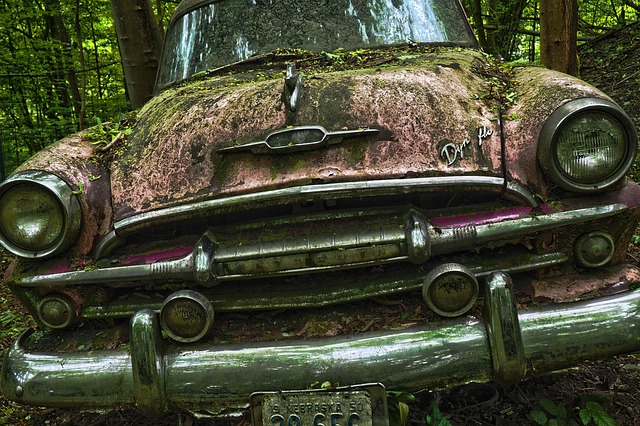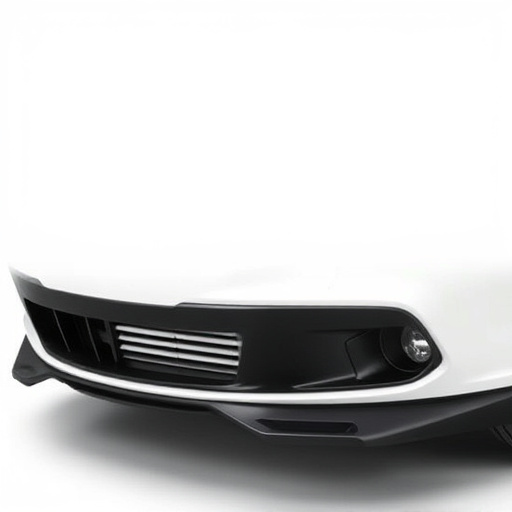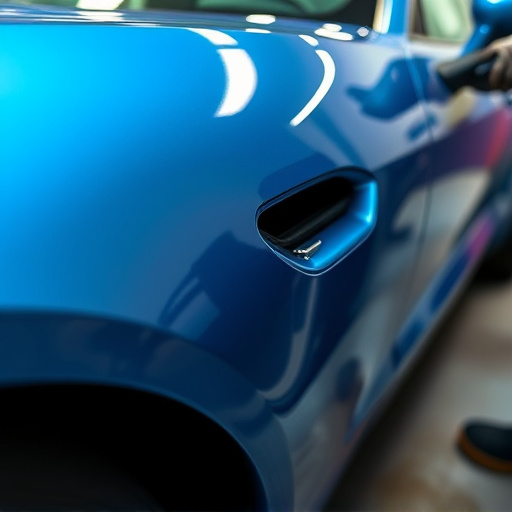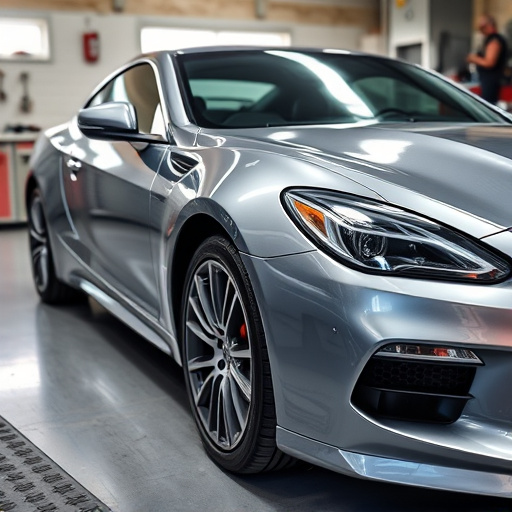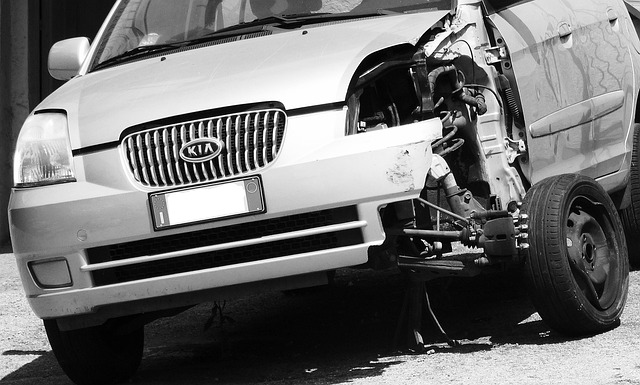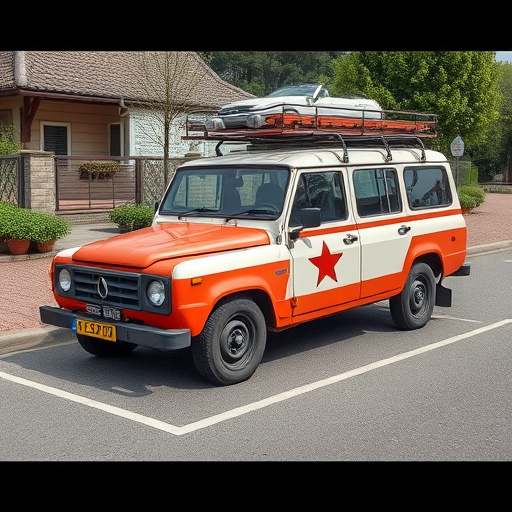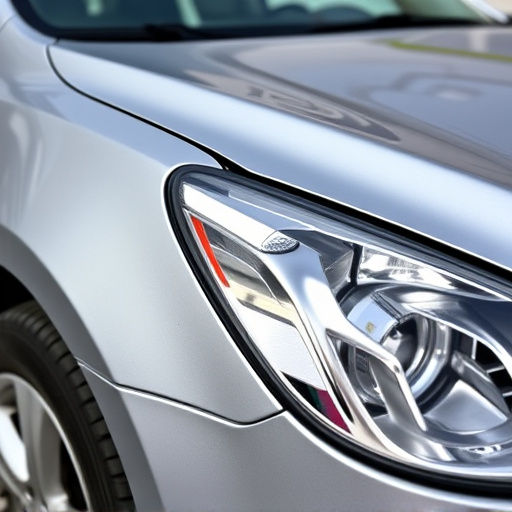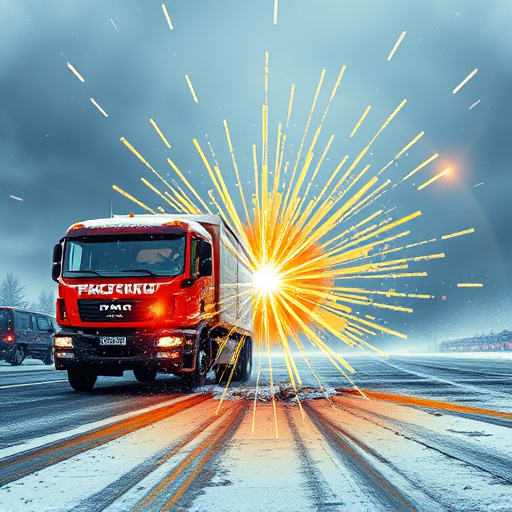Auto buffing and polishing success heavily rely on weather conditions: optimal temperatures, low humidity, clear skies for best results. Professionals schedule sessions strategically, using specific techniques & products tailored to weather, ensuring maximum paint protection and aesthetic appeal year-round. Seasonal variations demand careful consideration, with quick-curing polishes in warm months and extra cleaning/drying in colder seasons for top auto buffing and polishing.
“Uncover the hidden influence of weather on your auto buffing and polishing routines. This comprehensive guide explores how environmental factors shape the final gloss of your vehicle’s paintwork. From understanding the science behind water spots and UV damage to mastering seasonal adjustments, you’ll learn optimal conditions for achieving flawless finishes.
Navigate challenges with practical tips tailored for every season, ensuring consistent, high-quality auto care regardless of the weather.”
- Understanding Weather's Impact on Car Paint
- Optimal Conditions for Achieving Smooth Finishes
- Challenges and Tips for Buffing in All Seasons
Understanding Weather's Impact on Car Paint
The weather plays a significant role in determining the outcome of auto buffing and polishing processes. Environmental factors such as temperature, humidity, and precipitation can greatly impact the condition of car paint, affecting both the preparation and final results. For instance, high temperatures accelerate chemical reactions during polishing, potentially leading to overspinning or burning of the paint if not carefully monitored. Conversely, low temperatures can make the polish more viscous, requiring additional effort for even application.
Humidity levels are another critical aspect; too much moisture in the air can hinder drying times and promote the formation of water spots on the car’s surface. These spots can compromise the bond between the polish and paint, leading to less-than-satisfactory finishing. Professional car repair shops often consider weather conditions before scheduling auto buffing and polishing sessions, ensuring optimal results by either postponing treatments during adverse weather or using specific techniques and products tailored for different climatic scenarios, including those involving fender repairs.
Optimal Conditions for Achieving Smooth Finishes
Achieving a smooth and flawless finish during auto buffing and polishing requires optimal weather conditions. Ideally, the process is best performed on a clear, cloudless day with minimal humidity levels. High humidity can lead to slower drying times, leaving water spots or smears that compromise the final result. Additionally, warm temperatures are beneficial; too cold weather slows down the chemical reactions involved in buffing and polishing, making it less effective.
For auto body repair professionals, understanding these weather factors is crucial for ensuring top-notch auto body repairs and car collision repair. They often plan their work schedules accordingly, aiming to complete auto buffing and polishing tasks during the morning or late afternoon when conditions are most favorable. This attention to detail guarantees that clients receive the best possible results in terms of aesthetics and protection for their vehicles’ paintwork.
Challenges and Tips for Buffing in All Seasons
Buffing and polishing your car is an art that requires attention to detail and the right tools. However, the ever-changing weather conditions can present unique challenges for achieving flawless results. From hot summer days to chilly winters, each season brings its own set of considerations when it comes to auto buffing and polishing.
In warmer months, high temperatures and humidity can impact the curing process of polish and wax, potentially leading to streaks or an uneven finish. On the other hand, colder seasons bring their own problems; cold weather can make waxes less effective, while snow and ice residue may require extra effort for scratch repair and fender repair. To overcome these challenges, consider using quick-curing polishes suitable for higher temperatures, and always ensure your car is clean and dry before applying any products. Regularly maintaining your buffer’s settings to avoid excessive heat build-up is also crucial. When dealing with body shop services, remember that experienced technicians understand these nuances and can provide tailored solutions for optimal results in any season.
In conclusion, understanding how weather conditions influence auto buffing and polishing is key to achieving optimal results. The right weather conditions, such as a dry, clear day, provide ideal environments for smooth finishes. However, during humid or rainy seasons, taking precautions like using water-resistant polishes and working in shaded areas can help mitigate challenges. By tailoring your approach based on the weather, you can ensure that your auto buffing and polishing efforts yield impressive, long-lasting results regardless of the season.
